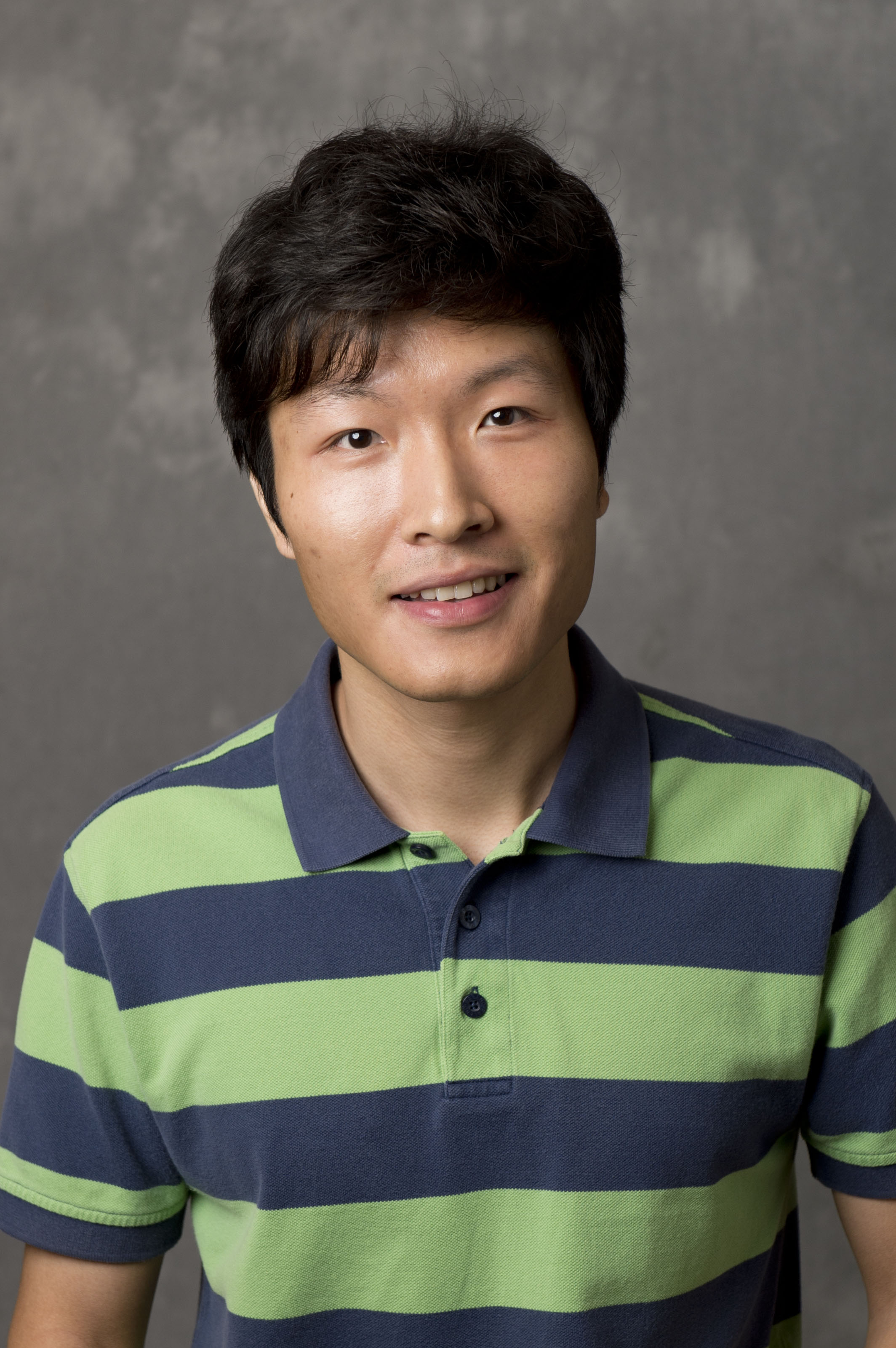Applied & Computational Mathematics Seminar
Department of Mathematics and Statistics, Auburn University
Parker Hall 328, Friday 2 - 3 p.m.(CST)
For any questions or requests, please contact Yimin Zhong (yzz0225@auburn.edu)
University of Alabama
Jan 19 at 2:00 pm (Parker 328)
On energy laws and stability of Runge-Kutta methods for linear seminegative problems
Auburn University
Feb 02 at 2:00 pm (Parker 328)
Global existence and asymptotic behavior of classical solutions of chemotaxis systems with logistic source and consumption on \(\mathbb{R}^{n}\)
UNLV
Feb 09 at 2:00 pm (Parker 328)
Movement versus no movement: When is it good to move?
Auburn University
Feb 23 at 2:00 pm (Parker 328)
A pseudo-reversible normalizing flow for stochastic differential equation and uncertainty quantification
Auburn University
Mar 01 at 2:00 pm (Parker 328)
Space-time mixed finite element method for reduced fracture flow models on nonmatching grids
University of Maryland
Mar 15 at 2:00 pm (Parker 328)
Towards efficient deep operator learning for forward and inverse PDEs: theory and algorithms
Haverford College
Mar 15 at 11:00 am (Parker 328)
Population dynamics subject to nitrogen-to-carbon stoichiometric constraints
UW Madison & SHUFE
Mar 29 at 2:00 pm (Parker 328)
Coupling Dynamics in Moist Geophysical Flows: The Impact of Phase Transitions on Energy Transfer and Nonlinear Interaction
Yale University
Apr 05 at 2:00 pm (Parker 328)
Deep filtering with adaptive learning rates
UMN
Apr 12 at 2:00 pm (Zoom)
Diffusion Models: Theory and Applications (in PDEs)
The University of Utah
Apr 19 at 2:00 pm (Parker 328)
Model selection, combination, and management: Sowing with exploration and reaping with exploitation
Emory
Apr 26 at 2:00 pm (Parker 328)
Acceleration methods for scientific and data science applications
In scientific and engineering applications, people usually encounter time-dependent systems with a decaying total energy. A natural question to ask is that when using a time integration method to approximate such systems, whether and how the energy-decay law will be preserved at the discrete level. In this talk, we will focus on linear autonomous systems and present a general framework on deriving discrete energy identities for both explicit and implicit Runge-Kutta (RK) method. The established identities provide a precise characterization on energy generation or dissipation in the RK discretization, thereby leading to weak and strong stability criteria of RK methods. Furthermore, we also present a general energy identity for all the diagonal Padé approximations, based on an analytical Cholesky type decomposition of a class of symmetric matrices.
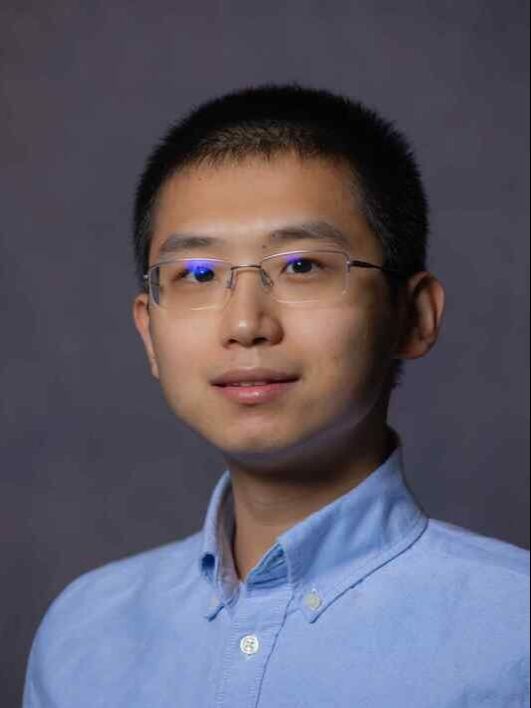
The current talk is concerned with the global existence and asymptotic behavior of classical solutions of chemotaxis systems with logistic source and consumption on the whole space \(\mathbb{R}^n\). We will first consider the global existence of positive classical solutions. We then discuss the asymptotic behavior of solutions with strictly positive initials, and the effect of chemotaxis on the rate of spread of the mobile species when the initial have compact support. This is a joint work with my advisors (Prof.Wenxian Shen) and (Dr.Yuming Paul Zhang).
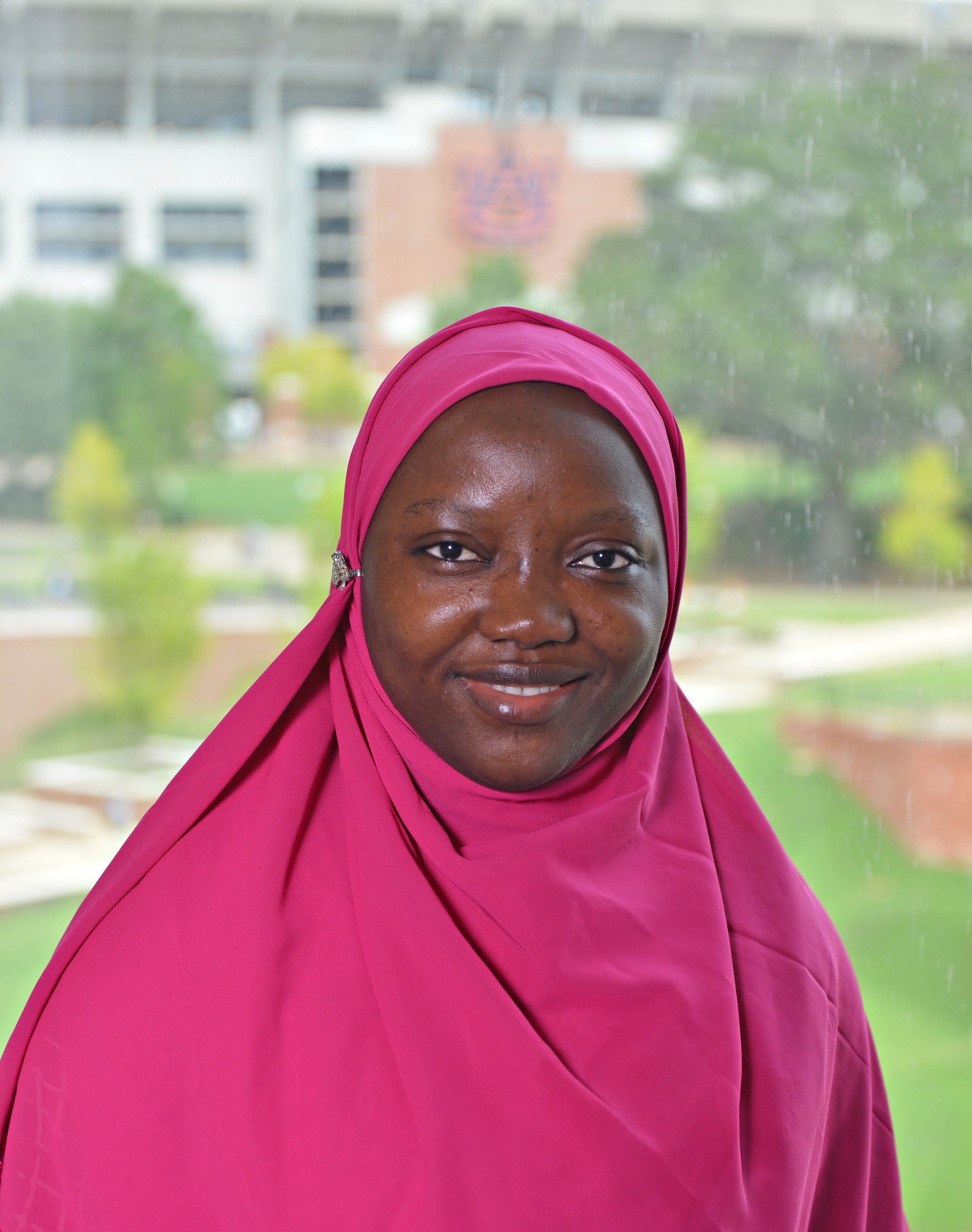
In a famous paper published in 1998 on the evolution of slow dispersal, Dockery and his collaborators showed that, when two identical diffusive competing species live together in the same ecological environment and are different in their dispersal rates, the slower moving species will eventually drive the faster species to extinction. In a subsequent work in 2008, Cantrell and his collaborators then asked, would this competitive advantage still be preserved if one of these two species doesn't move? This talk will focus on providing some satisfactory answer to this question. In fact, our results go beyond the simple setting of identical species. Furthermore, we will also examine the dynamics of the classical solutions of a consumer-resource system comprising a non-dispersing single resource species whose density function evolves and is consumed by three competitors adopting three different dispersal mechanisms. Our results reveal that the existence of a non-sink area is beneficial to the non-dispersing species.
We present a pseudo-reversible normalizing flow method for efficiently generating samples of the state of a stochastic differential equation (SDE) with various initial distributions. Once trained,the normalizing flow model can directly generate samples of the SDE's final state without simulating trajectories. Notably, the model requires only a single training session, after which it can accommodate a range of initial distributions. This feature can provide a significant computational saving in studies of how the final state varies with the initial distribution. Additionally, we introduce a conditional pseudo-reversible normalizing flow for quantifying forward and inverse uncertainty propagation. The convergence analysis in the Kullback–Leibler divergence and numerical experiments will be provided.
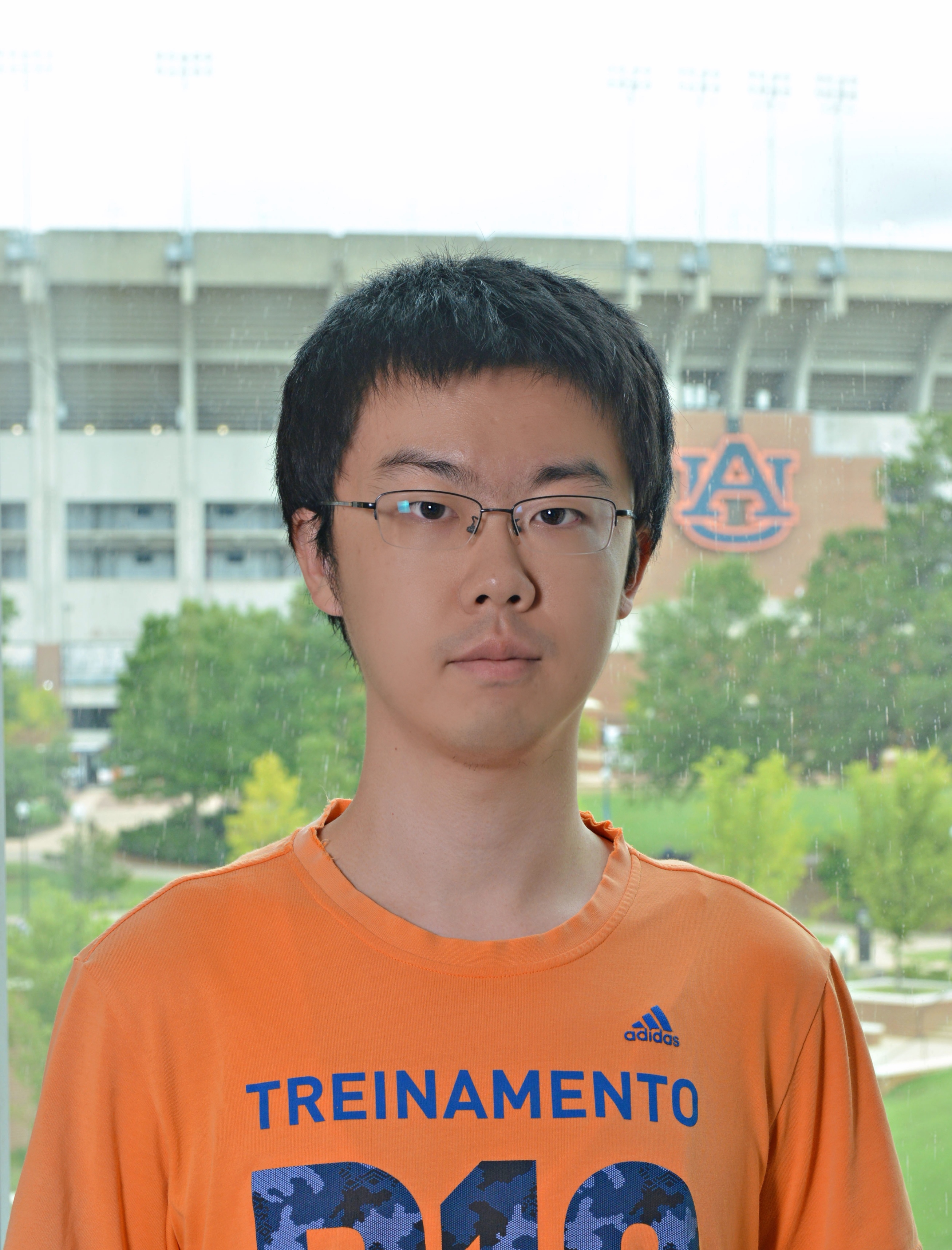
We propose a space-time mixed variational formulation of the flow problem in a fractured porous medium, where the fracture is treated as a lower dimensional object embedded in the rock matrix. Different spatial and temporal grids can be used in the subdomains and in the fracture to adapt to the heterogeneity of the problem. To efficiently solve the coupled system between the subdomains and the fracture, substructuring techniques are used to derive a space-time interface problem which is solved iteratively by GMRES. Analysis and numerical results for the proposed methods will be presented.
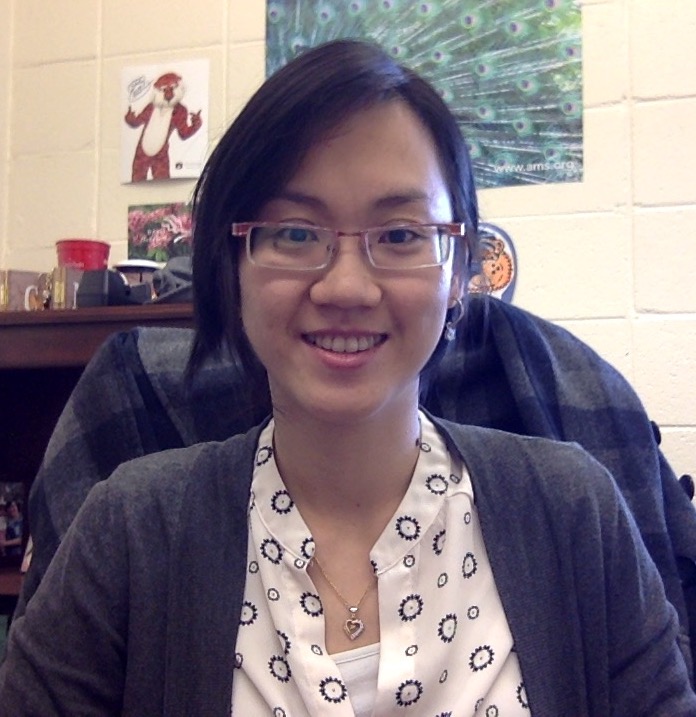
Deep neural networks (DNNs) have been a successful model across diverse machine learning tasks, increasingly capturing the interest for their potential in scientific computing. This talk delves into efficient training for PDE operator learning in both the forward and inverse PDE settings. Firstly, we address the curse of dimensionality in PDE operator learning, demonstrating that certain PDE structures require fewer training samples through an analysis of learning error estimates. Secondly, we introduce an innovative DNN, the pseudo-differential auto-encoder integral network (pd-IAE net), and compare its numerical performance with baseline models on several inverse problems, including optical tomography and inverse scattering.
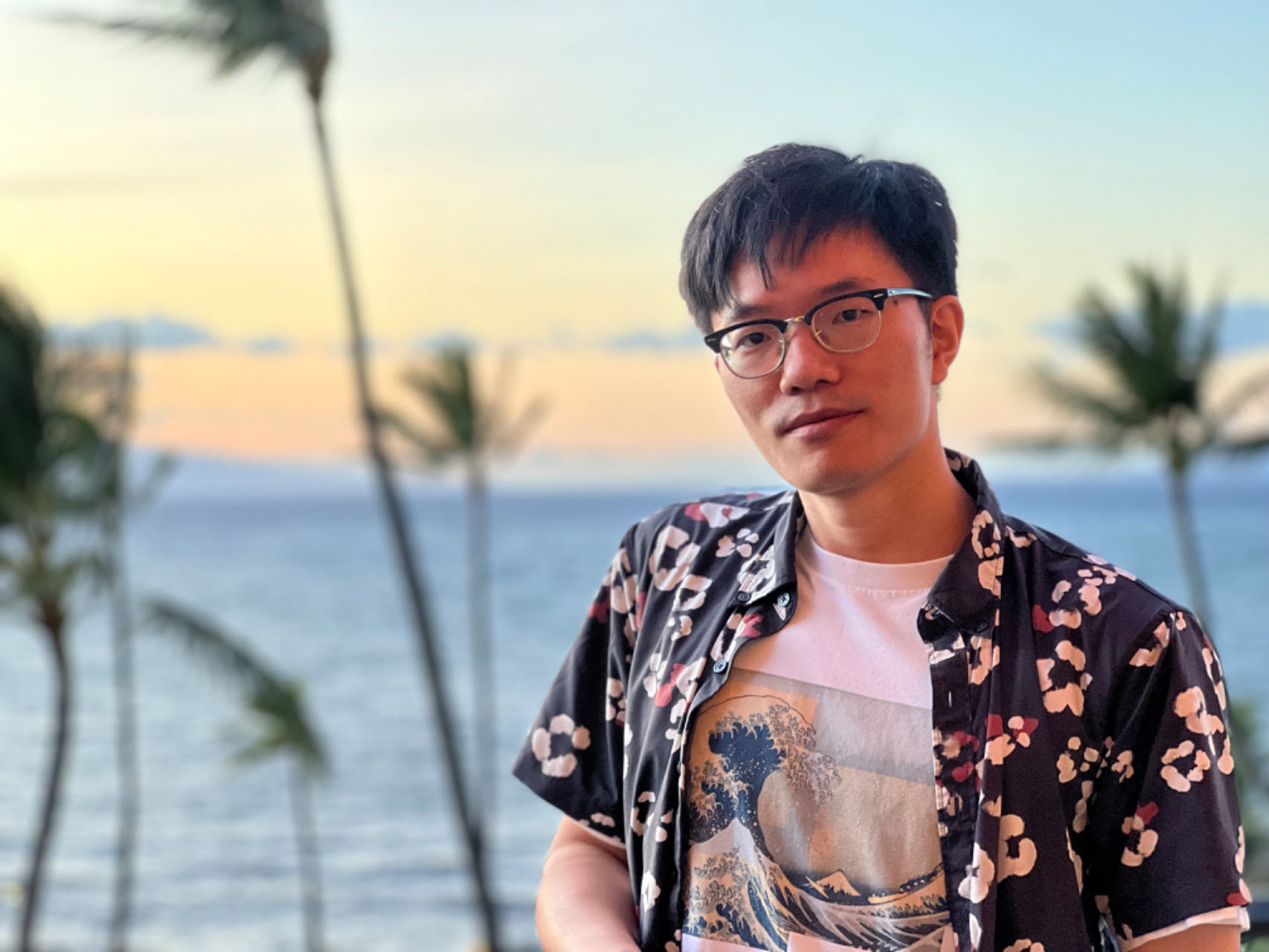
Ecological processes depend on the flow and balance of essential elements such as carbon, nitrogen, and phosphorus. The balance of these essential elements in ecological interactions is studied in the theory of Ecological Stoichiometry (ES). The integration of ES into population dynamics has provided insights into understanding how stoichiometric constraints affect food webs and nutrient cycles. I will present stoichiometric ordinary differential equation mathematical models that focus on the essential elements of nitrogen and carbon to investigate topics such as disease-ecosystem feedback loops and nitrogen fixation.
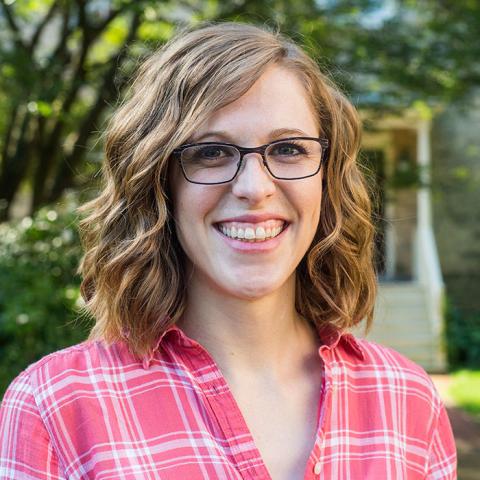
The interaction between slow and fast components in geophysical fluid dynamics, especially under the influence of phase changes, poses significant analytical challenges. Our study develops a fast-wave averaging framework for the moist Boussinesq system, expanding past dry dynamics to include phase changes between water vapor and liquid water. We examine whether these phase transitions induce coupling between slow and fast waves or if the slow component evolves independently. Numerical simulations with a range of Froude and Rossby numbers reveal that phase changes may disrupt the proportionality of wave influence on the slow component, evidenced by a nonzero time-averaged wave component due to phase transitions. Furthermore, inverse energy transfer to larger scales is investigated in rotating and stratified flows, including water effects and rapid cloud microphysics. The findings suggest that potential vorticity, phase boundaries, and vertical velocity contribute to the formation of coherent structures in strongly rotated and stratified flows, altering the traditional view of energy cascades in geophysical fluids.
Given the state of a system is not completely observable, filtering is concerned with state estimation based on partial observations of the system state. It enjoys many applications in the control of partially observed systems, target tracking, signal processing, statistics, and financial engineering. Devoted to the conditional distribution or density, the celebrated results of the Kushner equation and Duncan-Mortensen-Zakai equation produce nonparametric estimations of the conditional distribution/density. Approximating their solutions will suffer the curse of dimensionality. In this talk, we first introduce a filtering algorithm termed deep filtering based on the deep learning framework. Then we present our work on deep filtering with adaptive learning rates. Instead of approximating the conditional distribution or density, we focus on state estimation or conditional mean and convert the filtering problem to an optimization problem by finding the optimal weights of a deep neural network (DNN). This solves a long-standing (60-year-old) challenging problem in computational nonlinear filtering and has the potential to overcome the curse of dimensionality. We constructed a stochastic gradient-type procedure to approximate the weight parameters of DNN and developed another recursion to update the learning rate adaptively. We showed the convergence of the continuous time interpolated learning rate process using stochastic averaging and martingale methods and obtained an error bound for parameters of the neural network. Finally, we present two numerical examples to show the efficiency and robustness of our algorithm. This is based on joint work with Prof. George Yin and Prof. Qing Zhang.
Diffusion models, particularly score-based generative models (SGMs), have emerged as powerful tools in diverse machine learning applications, spanning from computer vision to modern language processing. In the first part of this talk, we delve into the generalization theory of SGMs, exploring their capacity for learning high-dimensional distributions. Our analysis show that SGMs achieve a dimension-free generation error bound when applied to a class of sub-Gaussian distributions characterized by certain low-complexity structures. In the second part of the talk, we consider the application of diffusion models in solving partial differential equations (PDEs). Specifically, we present a physics-guided diffusion model for reconstructing high-fidelity solutions from their low-fidelity counterparts. This application showcases the adaptability of diffusion models and their potential to scientific computation.
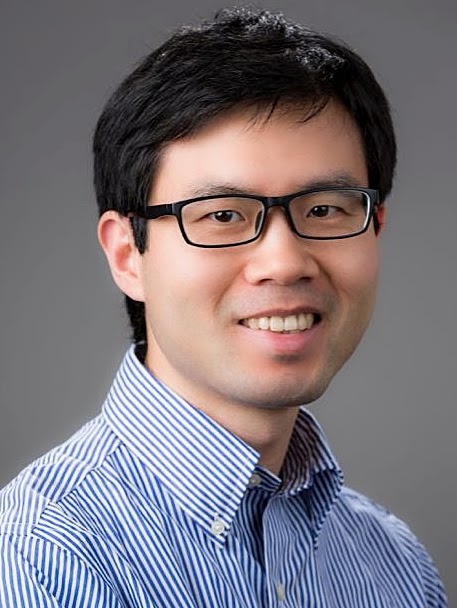
Modern simulation-based scientific models are complex and multi-faceted, involving computationally demanding physics-based modeling and discretization, reliable and robust data assimilation, and an accurate accounting for uncertainty in the face of unknown model parameter values and/or genuine stochasticity. To meet such demands, many simulations of real-world systems often involve combinations of homogenized, microscale, or reduced order model components that target accuracy of specific system subcomponents. To complicate matters, individual subcomponents may have several competing models whose query cost and accuracy payoff for system-wide prediction is opaque. For example, there may be numerous ways to identify macroscopic closure terms that are informed through analysis of a suite of microscale models. We discuss how computational exploration-exploitation meta-algorithms from bandit learning can accomplish model selection and combination for computational budget allocation in scientific computing applications An exploration phase is devoted to learning about model relationships and interactions, followed by an exploitation phase that uses information learned in exploration to make decisions about optimal model selection and subsequently provides full distributional information of stochastic outputs. This framework leads to flexible procedures, capable of managing disparate models and multi-modal data in adaptive and real-time scenarios. We also show how our exploration-exploitation approach can be used in complementary schemes for multilevel uncertainty quantification that exercise control variates and BLUE estimators. We will identify existing theoretical guarantees for such procedures along with promising and impactful directions for new analysis and algorithm development.
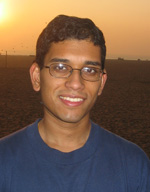
There has been a surge of interest in recent years in general-purpose `acceleration' methods that take a sequence of vectors converging to the limit of a fixed point iteration, and produce from it a faster converging sequence. A prototype of these methods that attracted much attention recently is the Anderson Acceleration (AA) procedure. In this talk, we will discuss a new class of nonlinear acceleration algorithms based on extending conjugate residual-type procedures from linear to nonlinear equations. The main algorithm has strong similarities with Anderson acceleration as well as with inexact Newton methods- depending on which variant is implemented. We will demonstrate the efficiency of the proposed method on a variety of problems from simulation experiments to deep learning applications. This is joint work with Yousef Saad, Huan He, Ziyuan Tang and Shifan Zhao.
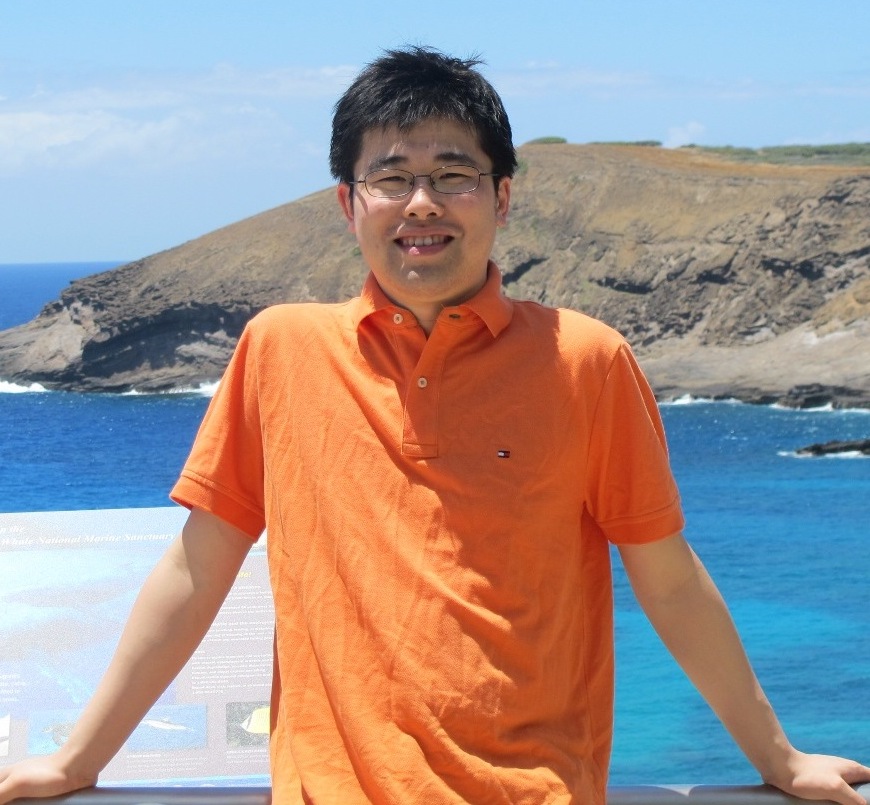
For any questions or requests, please contact Yimin Zhong (yzz0225@auburn.edu)
Auburn University
Sep 01 at 2:00 pm (Parker 328)
Low regularity integrators for the classical and conservative Allen-Cahn equations with maximum bound principles
Auburn University
Sep 08 at 2:00 pm (Parker 328)
Implicit boundary integral method for linearized Poisson Boltzmann equation
Auburn University
Sep 15 at 2:00 pm (Parker 328)
Exploratory HJB Equations and Their Convergence
Rice University
Sep 22 at 2:00 pm (Parker 328)
Coupling physics-deep learning inversion
Sandia National Lab
Oct 06 at 11:00 pm (Parker 328)
Approximate Bayesian Computation for Model Calibration Given Summary Statistics
Florida State University
Oct 06 at 2:00 pm (Parker 328)
Learning High-Dimensional Banach-Valued Functions from Limited Data with Deep Neural Networks
Georgia State University
Oct 27 at 2:00 pm (Parker 328)
Neural control approach to approximate solution operators of evolution PDEs
University of Notre Dame
Nov 03 at 2:00 pm (Parker 328)
High order absolutely convergent fast sweeping methods with multi-resolution WENO local solvers for Eikonal and factored Eikonal equations
The University of Utah
Nov 10 at 2:00 pm (Zoom)
Equivariant Generative Models for Molecular Modeling
This talk is concerned with conditionally structure-preserving, low regularity time integration methods for both classical and conservative Allen–Cahn equations. Important properties of such equations include the maximum bound principle (MBP) and energy dissipation law. By iteratively using Duhamel’s formula, first- and second-order low regularity integrators (LRIs) are constructed for time discretization. The proposed LRI schemes are proved to preserve the MBP and energy stability, and are shown to conserve mass for the conservative Allen-Cahn equation. Furthermore, their temporal error estimates are also successfully derived under a low regularity requirement that the exact solution is only assumed to be continuous in time. Numerical results show that the proposed LRI schemes are more accurate and have better convergence rates than the exponential time differencing schemes, especially when the interfacial parameter approaches zero.

In this talk, I will give an introduction to the so-called implicit boundary integral method based on the co-area formula and it provides a simple quadrature rule for boundary integral on general surfaces. Then, I will focus on the application of solving the linearized Poisson Boltzmann equation, which is used to model the electric potential of protein molecules in a solvent. Near the singularity, I will briefly discuss the choices of regularization/correction and illustrate the effect of both cases. In the end, I will show the numerical error estimate based on the harmonic analysis tools.

We study the exploratory Hamilton--Jacobi--Bellman (HJB) equation arising from the entropy-regularized exploratory control problem, which was formulated by Wang, Zariphopoulou and Zhou (J. Mach. Learn. Res., 21, 2020) in the context of reinforcement learning in continuous time and space. We establish the well-posedness and regularity of viscosity solutions to the equation, and derive an explicit rate of convergence as exploration diminishes to zero. If time permitted, I would also discuss the analysis of the policy iteration algorithm used to study the control problem. These are joint works with Xunyu Zhou, Hung Tran and Wenpin Tang.

In recent years, there has been an increasing interest in applying deep learning to geophysical/medical data inversion. However, the direct application of end-to-end data-driven approaches to inversion has quickly shown limitations in practical implementation. Indeed, due to the lack of prior knowledge of the objects of interest, the trained deep-learning neural networks very often have limited generalization. In this talk, we introduce a new methodology of coupling model-based inverse algorithms with deep learning for two typical types of inversion problems. In the first part, we present an offline-online computational strategy of coupling classical least-squares-based computational inversion with modern deep learning-based approaches for full waveform inversion to achieve advantages that can not be achieved with only one of the components. In the second part, we present an integrated data-driven and model-based iterative reconstruction framework for joint inversion problems. The proposed method couples the supplementary data with the partial differential equation model to make the data-driven modelling process consistent with the model-based reconstruction procedure. We also characterize the impact of learning uncertainty on the joint inversion results for one typical inverse problem.

It is often the case in Bayesian parameter estimation that one has to contend with summary statistics on functions of the data on model observables, rather than having access to the data itself. For example, one may have access only to marginal moments on some quantity estimated from the data, but not the original data. In this setting, the challenge is to estimate a posterior density on model parameters given constraints on derived quantities. We have used maximum entropy and approximate Bayesian computation methods in this context to sample the joint space of data and parameters, accepting data sets consistent with available statistics, and employing opinion pooling methods to arrive at a pooled posterior on quantities of interest. We have applied this approach in multiple contexts, invoking approximations where necessary to tackle problem complexity. This talk will explore this landscape, and will highlight effective use of this construction in a recent study where we used summary information, in the form of nominal values and error bars, from multiple legacy experimental data sets, to arrive at a posterior on model parameters.

Reconstructing high-dimensional functions from few samples is important for uncertainty quantification in computational science. Deep learning has achieved impressive results in parameterized PDE problems with solutions in Hilbert or Banach spaces. This work proposes a novel algorithmic approach using DL, compressed sensing, orthogonal polynomials, and finite elements to approximate smooth functions in infinite-dimensional Banach spaces. Theoretical analysis provides explicit guarantees on error and sample complexity, and numerical experiments demonstrate accurate approximations on challenging benchmark problems.

We introduce a novel computational framework to approximate solution operators of evolution partial differential equations (PDEs). For a given evolution PDE, we parameterize its solution using a nonlinear function, such as a deep neural network. Then the problem of approximating the solution operator can be reformulated as a control problem in the parameter space of the network. From any initial value, this control field can steer the parameter to generate a trajectory such that the corresponding network solves the PDE. This allows for substantially reduced computational cost to solve the evolution PDE with arbitrary initial conditions. We also develop comprehensive error analysis for the proposed method when solving a large class of semilinear parabolic PDEs. Numerical experiments on different high-dimensional evolution PDEs with various initial conditions demonstrate the promising results of the proposed method.

Motivated by the recent work on absolutely convergent fast sweeping method for steady-state solutions of hyperbolic conservation laws, in this talk we will discuss high order fast sweeping methods with multi-resolution weighted essentially non-oscillatory (WENO) local solvers for solving Eikonal equations, an important class of static Hamilton-Jacobi equations. Based on such kind of multi-resolution WENO local solvers with unequal-sized sub-stencils, iteration residues of the designed high order fast sweeping methods can settle down to round-off errors and achieve the absolute convergence. In order to obtain high order accuracy for problems with singular source-point, we will also discuss the factored Eikonal approach developed in the literature and solve the resulting factored Eikonal equations by the new high order WENO fast sweeping methods. We will show the accuracy, computational efficiency, and advantages of the new high order fast sweeping schemes for solving static Hamilton-Jacobi equations.

Molecular modeling tasks exhibit different symmetries, e.g. roto-translation equivariance and periodicity. A grand challenge in machine learning-assisted molecular modeling – e.g. molecule generation – is to account for different inherent symmetries. In this talk, I will discuss a few issues on building and training stable and expressive equivariant generative models, including normalizing flows and diffusion models, for molecule generations. Furthermore, I will discuss the role of steerable features of different types for equivariant machine learning.
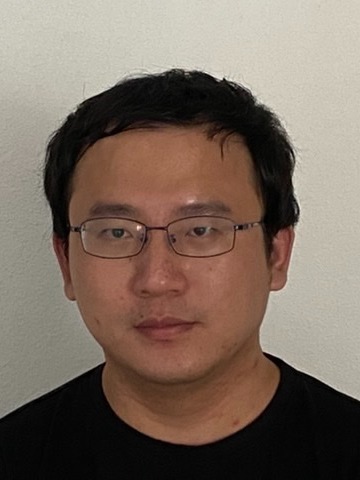
For any questions or requests, please contact Phuong Hoang (tzh0059@auburn.edu)
University of Wisconsin Madison
Jan 13 at 2:00 pm (Parker 328)
Level-set forced mean curvature flow with the Neumann boundary condition
Southern Methodist University
Feb 24 at 2:00 pm (Parker 328)
On the Fractional nonlinear Schrödinger Equation
Michigan State University
Mar 17 at 2:00 pm (Parker 328)
Acoustic Source and Sound Speed Imaging with Application to Photoacoustic Tomography: A Numerical Study
Baylor University
Mar 24 at 2:00 pm (Parker 328)
Bounds on the Entanglement entropy of droplet states in the XXZ model
University of Pittsburgh
Mar 31 at 2:00 pm (Parker 328)
Mixed finite element methods for the Stokes-Biot model
Yale University
Apr 07 at 2:00 pm (Parker 328)
Scattering phenomena and spectral convergence of subwavelength resonators
Southern Methodist University
Apr 14 at 11:00 am (Parker 328)
On the Equations of Electroporoelasticity
Auburn University
Apr 14 at 2:00 pm (Parker 328)
Fractional Laplacian Spectral Approach (FLS) to anomalous diffusion of energetic particles in magnetized plasma
Georgia Tech
Apr 21 at 2:00 pm (Zoom)
Scalable Bayesian optimal experimental design for efficient data acquisition
Emory University
Apr 28 at 2:00 pm (Parker 328)
Analysis and reduction of metal artifacts in X-ray tomography
In this talk, we consider a level-set forced mean curvature flow with the homogeneous Neumann boundary condition. The well-posedness and the comparison principle for the flow are well-established in the theory of viscosity solutions. Our goal is to go beyond the well-posedness theory and understand the large-time behavior of the solution. We first show that the solution is Lipschitz in time and locally Lipschitz in space. Then, under an additional condition on the forcing term, we prove that the solution is globally Lipschitz. Using this, we obtain the large-time behavior of the solution in this setting. Examples demonstrating the sharpness of the additional condition will be provided.

The concept of the fractional Laplacian as it relates to Levi flights in comparison to Brownian motion appears in many applications in physics. In this talk we will present our work as it relates to optical physics, in particular in the nonlinear regime.
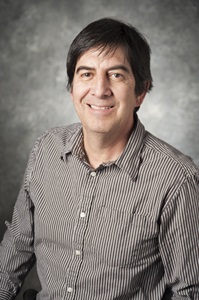
We present numerical algorithms to image passive acoustic sources (resp. sound speed) in the absence of sound speed (resp. source) information. The measurement is the boundary wave field and its spatial derivatives. The algorithms are validated with numerical examples. An application scenario is Photoacoustic Tomography, a multi-wave imaging modality where acoustic sources in unknown biological tissue are to be imaged. The presentation is based on joint work with G. Huang, J. Qian, S. Qin, R. Wang.
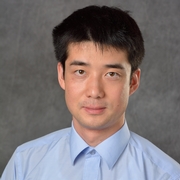
In this talk, I will give an overview over recent results on the entanglement entropy of the one-dimensional Heisenberg XXZ model. For the spin-1/2 case, Beaud and Warzel showed that generic low-energy states satisfy a logarithmically corrected area law. I will talk about the extension of this result to higher-energy states (joint work with H. Abdul-Rahman and G. Stolz) and about a logarithmic lower bound (joint work with R. Schulte).

The Stokes-Biot model describes the interaction between a free fluid and a fluid in a poroelastic material. The two regions are coupled via suitable interface conditions, including balance of forces, continuity of normal velocity, and no-slip or slip with friction tangential velocity condition. We develop a fully mixed formulation for the Stokes-Biot model. It is based on weakly symmetric deviatoric stress, velocity, and vorticity for Stokes, weakly symmetric stress, displacement, and rotation for elasticity, and mixed velocity and pressure for Darcy flow. This formulation exhibits multiple advantages, including local conservation of mass for the Darcy fluid, local poroelastic and Stokes momentum conservation, accurate approximations with continuous normal components for the Darcy velocity, the poroelastic stress, and the free fluid stress, locking-free behavior, and robustness with respect to the physical parameters. Well posedness of the variational formulation and its mixed finite element approximation is established. Stability and error analysis is performed for the numerical method. Furthermore, we employ a multipoint stress mixed finite element method for the discretization of the Stokes and elasticity equations, as well as a multipoint flux mixed finite element method for the Darcy flow. The method allows for local elimination of the stresses, Darcy velocity, vorticity, and rotation, resulting in a symmetric and positive definite cell centered system involving only the Stokes velocity, displacement, and Darcy pressure. Numerical results are presented to illustrate the performance of the method, including its flexibility and robustness for several geoscience applications.
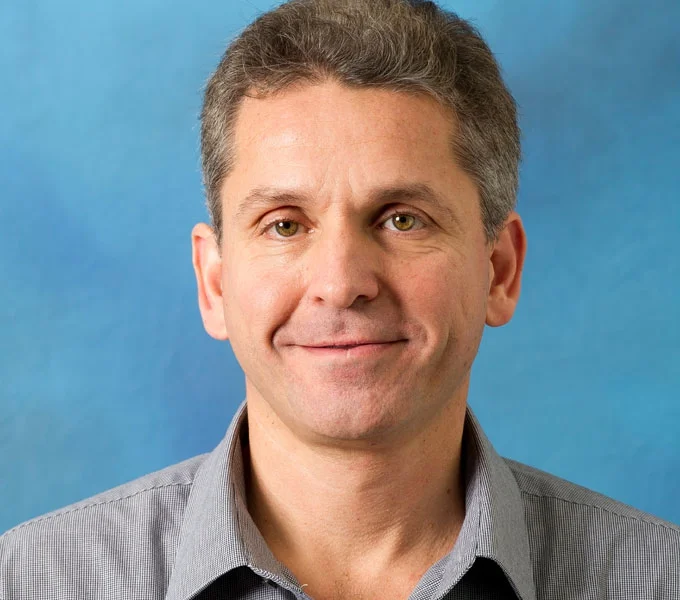
We study wave propagation inside metamaterials consisting of high-contrast subwavelength resonators. In the subwavelength limit, resonant states are described by the eigenstates of the generalized capacitance matrix, which describes a long-range, fully-coupled resonator model. We achieve this by re-framing the Helmholtz equation as a non-linear eigenvalue problem in terms of integral operators. In this setting, we survey a range of subwavelength resonance phenomena such as Anderson localization, topologically protected edge modes, exceptional points, and Fano resonance. Additionally, we discuss the spectral convergence of finite structures. As the size of the structure increases, we show that defect modes induced by compact perturbations converge to localized modes of the infinite structure. Using Toeplitz eigenvalue distribution results, we additionally demonstrate the distributional convergence of the density of states as the size of the structure increases.
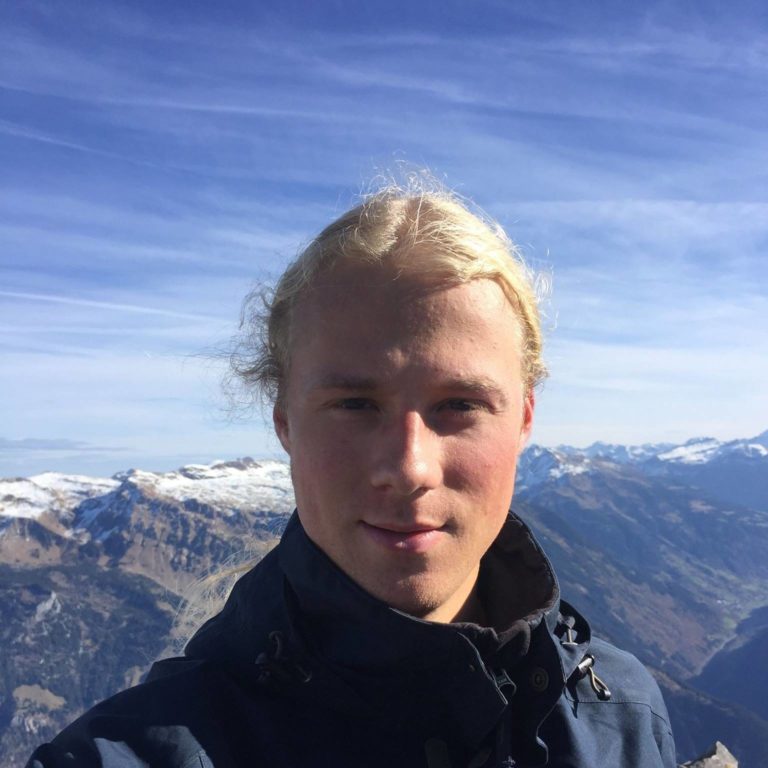
Complex physical phenomena and systems frequently involve multiple components, complex physics or multi-physics, as well as complex or coupled domains and multiple scales. Such phenomena are usually modeled by systems of coupled partial differential equations, often nonlinear. One such phenomenon is electroporoelasticity. After introducing the equations of electroporoelasticity (the equations of poroelasticity coupled to Maxwell's equations) which have applications in geoscience, hydrology, and petroleum exploration, as well as various areas of science and technology, I will describe some recent results (well posedness), the numerical analysis of a finite-element based method for approximating solutions, and some interesting challenges.
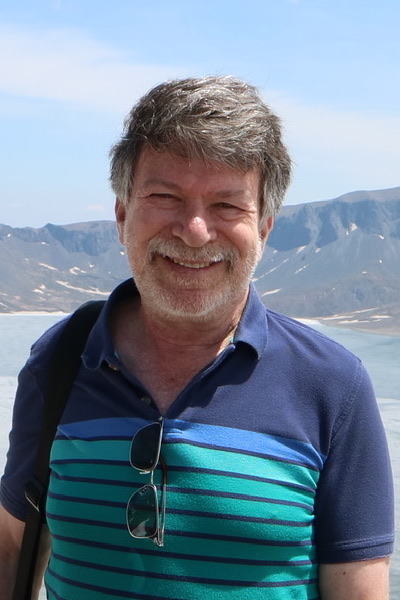
Fractional-power operators have received much attention due to their wide application in modeling anomalous diffusion. For the fractional Laplacian $(-\Delta)^s$, values $s \in (0,1)$ correspond to a superdiffusive process, while $s \in (1,2)$ defines the subdiffusion regime. Physically, subdiffusion can be thought of as superposition of classical diffusion and a small superdiffusive part. Such a process results in overall trapping of the particle ensemble, while also allowing for nonlocal jumps. It can also be shown that for $s \in (3/2, 2)$, the transport process is bounded leading to probability distribution functions with truncated tails. We also argue that in the superdiffuive regime, for $ s \in (2/3,1)$, particles exhibit nonlocal jumps, but transport is described by a true Lévy process only for values $s \in (0,2/3)$. Thus, we expect that there are at least four regimes of anomalous diffusion strong trapping, trapping with nonlocal jumps, nonlocal jumps without trapping, and Lévy flights. To investigate the proposed sub-regimes of anomalous diffusion, we use a Fractional Laplacian Spectral (FLS) method, where the existence of extended states (interpreted as probability for transport) is determined from the existence of a continuous part in the spectrum of a Hamiltonian. Here we are interested in a Hamiltonian with a fractional Laplacian term and a stochastic disorder term. The range of nonlocal interactions and the amount of stochasticity for the Hamiltonian are informed from experiments where energetic electrons (EEs) were detected in the presence of magnetic islands and stochastic magnetic fields. The spectral properties of each Hamiltonian are investigated for fractions representative of each diffusion regime. Comparison of these calculations to experimental data reveals the presence of at least two types of EEs runaway electrons, best described by a Lévy process, and suprathermal, but non-relativistic, electrons, best described by trapping with nonlocal jumps. Work supported by DE-FC02-04ER54698, DE-FG02-05ER54809, and DE-SC0023061.

Bayesian optimal experimental design (OED) is a principled framework for maximizing information gained from limited data in Bayesian inverse problems. Unfortunately, conventional methods for OED are prohibitive when applied to expensive models with high-dimensional parameters. In this talk, I will present fast and scalable computational methods for large-scale Bayesian OED with infinite-dimensional parameters, including data-informed low-rank approximation, efficient offline-online decomposition, projected neural network approximation, and a new swapping greedy algorithm for combinatorial optimization.
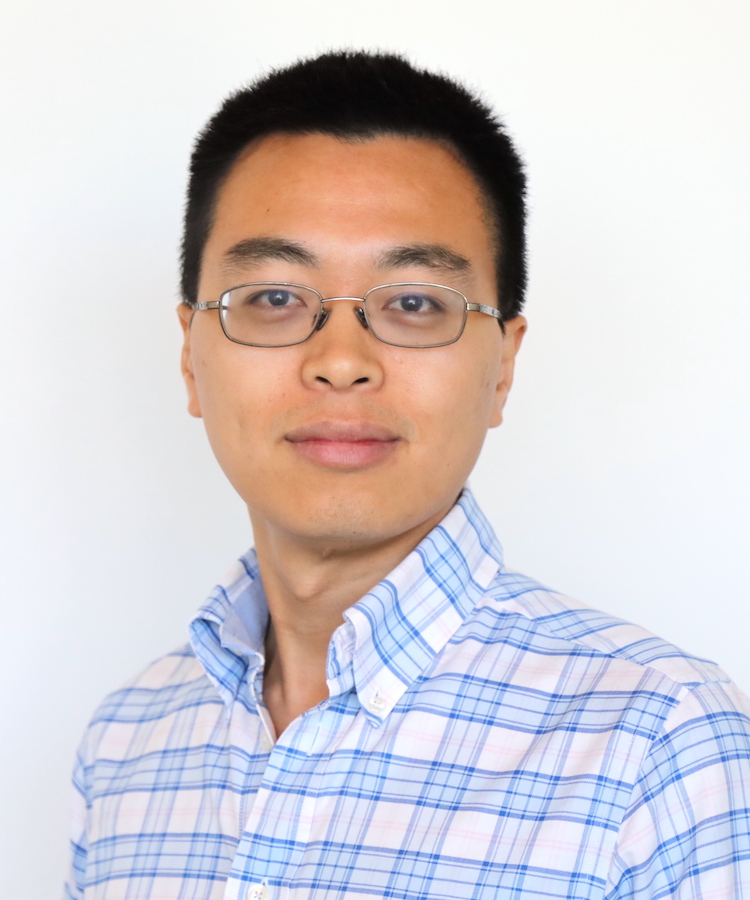
Due to beam-hardening effects, metal objects in X-ray CT often produce streaking artifacts which cause degradation in image reconstruction. It is known from the work of Seo et al in 2017 that the nature of the phenomena is nonlinear. An outstanding inverse problem is to identify the nonlinearity which is crucial for reduction of the artifacts. In this talk, we show how to use microlocal techniques to analyze the artifacts and extract information of the nonlinearity. In particular, we discuss the interesting connection between the artifact generation and geometry of metal objects.
